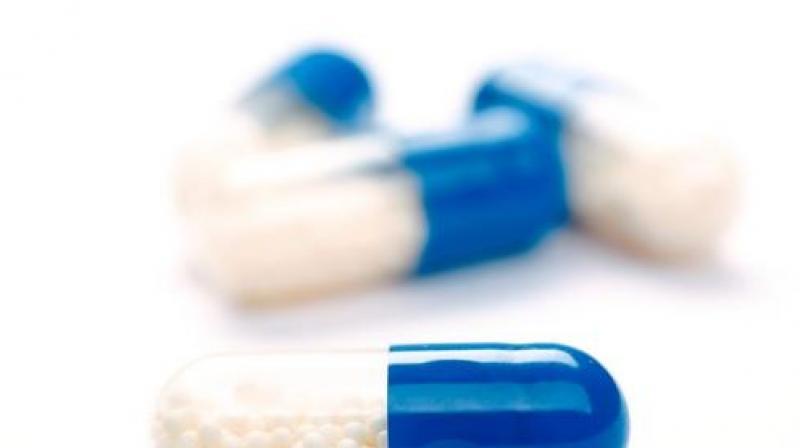Drug for diabetes can help reverse fatal lung disease
IPF is a progressive, and ultimately fatal, lung disorder that strikes more than five million worldwide.

Washington: A drug used to treat diabetes can reverse a fatal lung disorder, scientists have found for the first time.
Despite significant advances to reveal the pathological mechanisms of persistent fibrosis, effective treatment interventions are lacking.
Pulmonary fibrosis can develop after lung injuries like infections, radiation or chemotherapy, or it can have an unknown cause, as in idiopathic pulmonary fibrosis, or IPF.
IPF is a progressive, and ultimately fatal, lung disorder that strikes more than five million worldwide.
In experiments using lung tissues from patients with IPF, mouselung fibroblasts and a murine model of lung fibrosis, researchers from University of Alabama at Birmingham in the US showed the reversal of lung fibrosis and the underlying cellular mechanisms affected by the drug treatment.
Activation of AMPK in myofibroblasts from lungs of humans with IPF, using the drug metformin or another activator called AICAR, led to lower fibrotic activity.
AMPK activation also enhanced the production of new mitochondria, the organelles in cells that produce energy, in the myofibroblasts, and it normalised the cells' sensitivity to apoptosis.
The drug that accelerated the resolution of lung fibrosis is metformin, which is a safe and widely used agent for non-insulin-dependent diabetes.
The research focused on AMP-activated protein kinase (AMPK), an enzyme that senses energy state in the cell and regulates metabolism.
It found that AMPK activity was lower in myofibroblast cells within fibrotic regions of human lung tissue from IPF patients. Myofibroblasts deposit extracellular collagen fibre as part of the fibrosis process.
These myofibroblasts were metabolically active and were resistant to the programmed cell death called apoptosis, a natural process that removes more than 50 billion damaged or aged cells in adults each day.
Activation of AMPK in myofibroblasts from lungs of humans with IPF, using the drug metformin or another activator called AICAR, led to lower fibrotic activity.
AMPK activation also enhanced the production of new mitochondria, the organelles in cells that produce energy, in the myofibroblasts, and it normalised the cells' sensitivity to apoptosis.
Using a mouse model for lung fibrosis elicited by the anti-cancer drug bleomycin, the research team found metformin treatment, starting three weeks after lung injury and continuing for five weeks, accelerated the resolution of well-established fibrosis.
Such resolution was not apparent in AMPK-knockout mice, showing that the effect of metformin was AMPK-dependent.
"Together, our studies support the concept that AMPK may function as a critical metabolic switch in promoting resolution of established fibrosis by shifting the balance from anabolic to catabolic metabolism," researchers said.
"Additionally, we provide proof-of-concept that activation of AMPK by metformin or other pharmacologic agents that activate these pro-resolution pathways may be a useful therapeutic strategy for progressive fibrotic disorders," they said.
Anabolic metabolism builds up molecules in the cell from smaller units, while catabolic metabolism tears larger molecules into smaller pieces.

